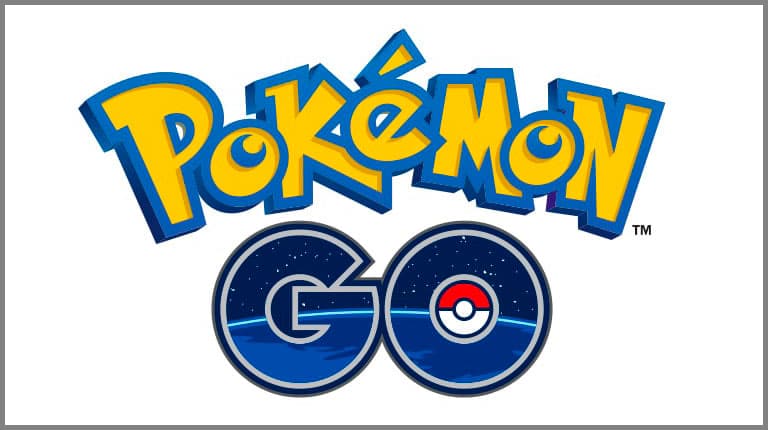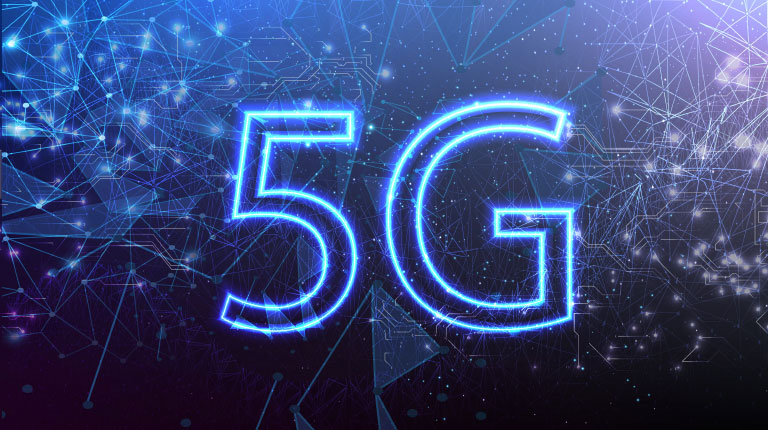As Communications Service Providers (CSPs) worldwide scale up the deployments of their 5G networks, they face strong pressure to optimize their Return on Investment (RoI), given the massive expenses they already incurred to acquire spectrum as well as the ongoing costs of infrastructure rollouts.

The Pokemon Go Effect
Pokemon Go has taken the world by storm. Nintendo have done it again. Just like the Nintendo Wii changed video game players from couch potatoes into physically active game participants, Pokemon Go has moved game players out of the dark and danky game room and out into the fresh air running around after Pokemons. As a parent to two avid teenage game players, I for one am delighted.
Nevertheless, it is pretty clear that Pokemon Go has raised the bar with respect to requirements on mobile devices. My eldest daughter left the house last week with a 100% charged mobile phone ready to hunt Pokemons. After a few hours she had to return home as her battery was already dead!
This got me thinking about both the success of Pokemon Go and the impact on, not only mobile devices, but the network as a whole. I envisaged a major impact that I have called “The Pokemon Go Effect”.
MAPPING THE POKEMON GO EFFECT
Pokemon Go has been downloaded over 75 million times (and probably more by the time you read this). In fact, it became the number 1 downloaded app in the US within a day of its release[1]. There’s been many articles focusing on the negative societal side effects of Pokemon Go relating to violence, robbery and accidental discovery of dead bodies, but this only goes to show that we are dealing with a true phenomenon that is the start of a new trend. Let’s not forget to mention that it will most definitely be copied by other game developers as well as become an inspiration for other types of apps.
Pokemon Go is essentially an “augmented reality” app, which skillfully combines a virtual world with the real physical world. Ideas for augmented reality have been around for a number of years, but Pokemon Go has paved the way for commercial applications of the technology as users have gained their first familiarity with the concept and will be open to the next application. We should therefore expect a slew of new games and other types of augmented reality, as well as virtual reality, applications to become available very soon.
What kind of impact will this have on the network? Steve Alexander from Ciena expects these developments to place considerable strain on mobile networks and expects them to drive demand for 100G and 5G[2].
Cam Cullen from Procera Networks has also shared some very interesting insights into a European mobile operators’ experience with Pokemon Go[3]. While Pokemon Go itself does not consume a lot of data, it does spawn a multitude of sessions, as the app is quite “chatty”. As Cullen argues, this could place a significant strain on the network as the app matures its advertising model, and continues to stream new advertising messages to users on the go. This may not lead to a bandwidth issue right now, but it will lead to a challenge for “stateful” network elements like billing, network management and security applications.
But, this is for the first generation of a new wave of augmented reality and virtual reality applications. Pokemon Go has shown the way and I expect many will follow. In the long term, this will lead to bandwidth issues and even more challenges for stateful network elements.
Remember, it wasn’t long after Nintendo Wii became a success that other game console developers upped their game and eventually beat Nintendo with their superior graphics and realistic game play. If that same trend is followed on mobile devices, then we should expect to see “high-definition” augmented and virtual reality demands from game players first and then other applications.
THE POKEMON GO EFFECT BIGGER THAN IOT?
One could argue that Pokemon Go could have a bigger impact on 5G than Internet of Things (IoT). In many ways, the industry is talking up IoT to the point where one wonders if it is a solution looking for a problem! But, once a new gaming trend emerges, it tends to spread wide and fast with a pretty solid demand.
Of course, depending on what report you read and what you interpret as IoT, the market is anything from several hundred billion to several trillion dollars[1], which clearly overshadows the $75 billion market for video games today[2]. But, when we start considering impact, then it could well be the successors to Pokemon Go that will keep network operators awake at night!
Already now, there are reports of security concerns with Pokemon Go. A widely shared blog by Adam Reeve sets the tone by showing that users of Pokemon Go unknowingly provide full access to their Google account when signing up for Pokemon Go access[3]. This provides a potential security risk for the millions of Pokemon Go users out there. Nintendo and Niantic (the developer behind Pokemon Go) are taking steps to address this concern, but it is a good case to show the potential security issues that such apps can pose, also for the network.
The carrier no longer has a walled-garden and cannot expect end-user devices to behave properly. Therefore, security steps must be taken to ensure that infected end-point devices cannot infect the network. That is true for IoT as well as augmented reality apps, by the way!
PREPARE FOR THE POKEMON GO EFFECT
So, now that we are forewarned of the Pokemon Go effect, carriers must ensure that they have the capacity to deal with a multitude of new Pokemon Go clones as well as increasing user demands for “higher-definition reality”. This will also impact billing, network management and security systems and the time to start is now and not in 2020 when 5G eventually is available.
Mapping the Pokemon Go Effect
[1] https://postscapes.com/internet-of-things-market-size/
[2] http://www.statista.com/statistics/246888/value-of-the-global-video-game…
[3] http://adamreeve.tumblr.com/post/147120922009/pokemon-go-is-a-huge-secur…
The Pokemon Go Effect Bigger than IoT?
[1] http://www.collective-evolution.com/2016/08/03/the-surprising-effect-pokemon-go-is-having-on-our-world/
[2] http://www.networkworld.com/article/3095796/lan-wan/the-pokmon-go-effect-on-the-network.html
[3] https://www.proceranetworks.com/blog/pokemon-go-the-latest-internet-craz…


